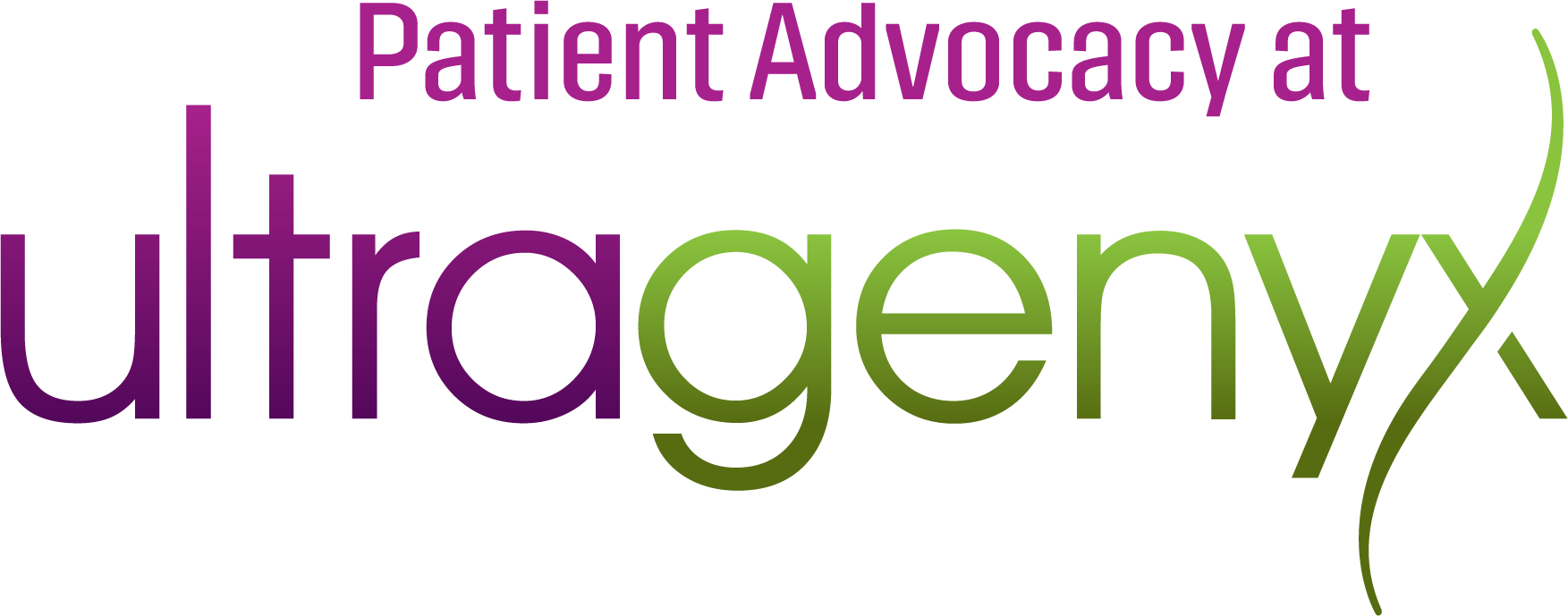Rare diseases affect a relatively small number of people, so it can be difficult for healthcare providers, government agencies, advocacy groups, pharmaceutical companies, and others to access information about the experiences of those living with rare diseases.
Information that comes directly from patients and caregivers helps companies design clinical trials to test possible treatments. It also helps them determine which tests show if a potential treatment works and what problems are most important to address from the perspective of those who live with the condition being studied. Reviews of medical literature and discussions with doctors are not enough to truly understand how a condition affects how someone feels or functions, or what’s most important to them.
Goals and Benefits of Collecting Data
Collecting data from personal experiences, standardized surveys and assessments, and medical records can benefit individuals with rare disease, and the broader rare disease community. It’s essential to have as much information as possible, over a long period of time, to achieve important goals like:
- Understanding the natural history of a condition and how it may progress over time,
- Helping affected people manage their disease1,
- Informing and shaping laws and policies for the rare community2,
- Figuring out how to test potential new therapies3,
- Improving treatment choices and quality of life for patients.
Clinical trial sponsors (the organizations that oversee or pay for a clinical trial and collect and analyze the data) may conduct different types of research to determine what tests should be administered in a clinical trial or uncover areas for further study.
Burden of disease surveys provide an opportunity to quantify information, generalize findings from the sample to a larger population, and statistically analyze the results to draw meaningful research conclusions
Advisory boards and interviews explore open-ended questions in a small group to get feedback from those most affected and insights into the experiences of living with a rare disease
Studies to assess instruments that measure symptoms and functional impact identify potential meaningful outcome assessments
Pilot studies assess the relevance, understanding, and usability of a diary or other collection tools by the participants or care partner
Patient Registries
Patient registries are a collection of information about individuals, usually focused on a specific diagnosis or condition,3 including symptoms, how the disease may change over time, who it affects, and how well treatment options are working. Individuals provide information about themselves to these registries on a voluntary basis. Registries can be sponsored by a government agency, nonprofit organization, healthcare facility, or private company.
The data collected in a patient registry will vary depending on the registry’s purpose. There is no standard form, and the goals and objectives of different registries are diverse, but most registries will fall into one of these categories:
- Contact – collects name, contact information, and demographic information such as location, age, and sex
- Clinical – studies the natural history of the disease over time, collects information such as symptoms and when they began, and sometimes includes medical records and images
- Product – studies the history of people taking a certain treatment or using a certain medical device over time
- Combination – combines some aspects of these different types of registries together
Discover more: Click here to watch a short video of representatives from rare disease organizations speak about the National Organization of Rare Disorders (NORD) patient registry program.
Disease Monitoring Programs
There are many ways to collect data, and some organizations or companies take different approaches. Ultragenyx collects data in the form of disease monitoring programs (DMPs). While some aspects of a DMP may be similar to a registry, it is designed to provide more standardized, consistent, focused, and longitudinal (collected over a long period of time) data about health outcomes. DMPs combine a few different types of studies and data collection techniques into one program (a patient registry, a natural history study, and post-marketing evaluation).4
Natural history study – This is a study that follows a group of people over time who have, or are at risk of developing, a specific medical condition or disease. A natural history study collects health information to understand how the medical condition or disease progresses and how to treat it.5
Post-marketing evaluation – Companies that make therapies, and the U.S. Food and Drug administration (FDA), collect information after the therapy has been approved for widespread use. They do this to identify any possible side effects or new safety concerns that were not identified in clinical trials.6
DMPs are different from patient registries in a few key ways:
- They are designed to include standardized assessments to help keep the data consistent, which can lead to more accurate assessments of the condition being studied
- They bring together multiple stakeholders, such as pharmaceutical companies, advocacy groups, and academic centers, collecting information from many groups in addition to patients
- They provide specific timelines and reminders to help participants share information
- They use some methods similar to those of a clinical trial, such as site selection requirements, site monitoring, and document verification, which help create better data
- Their goal is to share each participants’ own data back with them as early as possible – though it isn’t always available right from the start.
Like patient registries, DMPs are critical in building a knowledge base, improving understanding about rare diseases, and developing new treatments. They are designed to encourage patients, doctors, and researchers to work together towards a common goal. There are different ways to participate in DMPs too. Some may be in-clinic and others may be online.
Discover more: Ultragenyx’s X-linked hypophosphatemia (XLH) DMP is a combination of in-clinic assessments and BEYONDXLH, which collects information from people living with XLH, a rare genetic condition that causes low levels of phosphate in the bloodstream.
Patient-Focused Data Collection
One of the most valuable sources of data for rare disease patients is their medical records, which include data that can be summarized and paired with other evidence like imaging and lab results. These data can help patients and researchers better understand the patient journey, including the path to diagnosis, care management, treatment, and disease progression. Linking medical records to patient-reported outcomes enables the research to capture not only data from routine clinical care, but also better understand the patient and caregiver’s experience before, during, and after care.
Discover more: Examples of patient-focused data collection include “LC-FAOD Odyssey” and “Wilson Disease Odyssey” for long-chain fatty acid oxidation disorders (LC-FAOD) and Wilson Disease (WD), respectively.
Get Involved
If you decide to participate in any form of data collection about your condition, it is important to remember to participate as instructed. When there are time gaps in participation or people unexpectedly stop participating, the data collected may not be accurate or complete, and this will limit the amount of information that can be used.
If you’re interested in participating in a DMP, registry, or another type of data collection and want to learn more, ask your healthcare providers or disease-specific patient groups about any programs, and check out these links:
- National Institutes of Health (NIH) List of Registries
- NORD IAMRARE™ Registry Program
- Global Genes Rare Disease Registries Toolkit
- Faster Cures Patient Registry Resources
References:
- Kodra Y, Weinbach J, Posada-de-la-Paz M, et al. Recommendations for Improving the Quality of Rare Disease Registries. Int J Environ Res Public Health. 2018;15(8):1644.
- Cavero-Carbonell C, Gras-Colomer E, Guaita-Calatrava R, et al. Consensus on the criteria needed for creating a rare-disease patient registry, A Delphi study. J Public Health, 2016;38(2):178-186
- Jansen-van der Weide, MC, Gaasterland, CMW, Roes, KCB et al. Rare disease registries: potential applications towards impact on development of new drug treatments. Orphanet J Rare Dis 13, 154 (2018).
- Ultragenyx. (2013, April 8). Ultragenyx Initiates Novel Disease Monitoring Program for Hereditary Inclusion Body Myopathy [Press release]. https://ir.ultragenyx.com/static-files/36b626a8-b6db-4646-8c4e-12c1dd22ae22
- National Cancer Institute. NCI dictionary of cancer terms. Cancer.gov website. Accessed October 26, 2020. https://www.cancer.gov/publications/dictionaries/cancer-terms/def/natural-history-study
- U.S. Food and Drug Administration. Postmarket drug and biologic safety evaluations. FDA website. November 6, 2019. Accessed October 26, 2020. https://www.fda.gov/drugs/surveillance/postmarket-drug-and-biologic-safety-evaluations

